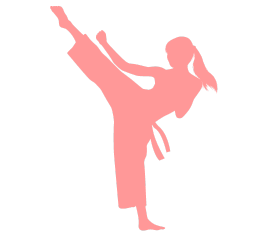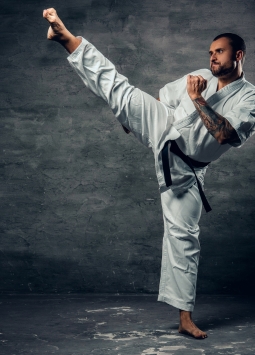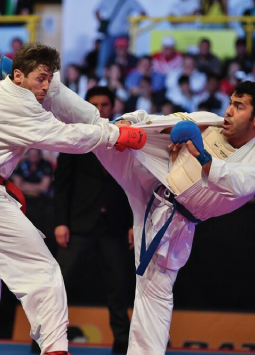


SELF DEFENCE
Self-defense is a multifaceted practice that involves various aspects to protect oneself from physical harm or danger. It encompasses a combination of awareness, self-confidence, physical techniques, mental preparedness, understanding the use of force, prevention and de-escalation, and the ability to escape and seek help.
Self-confidence plays a crucial role in self-defense. It involves believing in one's abilities and having confidence in one's physical and mental capabilities. Self-confidence allows individuals to assert themselves, set boundaries, and take decisive action when facing a threat. Building self-confidence through self-defense training or other means empowers individuals to respond effectively in threatening situations.
Physical techniques are an important aspect of self-defense. These may include strikes, joint locks, grappling, and defensive maneuvers. Proper technique, timing, and execution are essential in self-defense, and training in a martial art or self-defense program can help individuals develop these skills.
Prevention and de-escalation techniques are also important in self-defense. These may include verbal assertiveness, de-escalation strategies, and conflict resolution skills. These techniques can help individuals defuse potentially violent situations before they escalate into physical confrontations.




